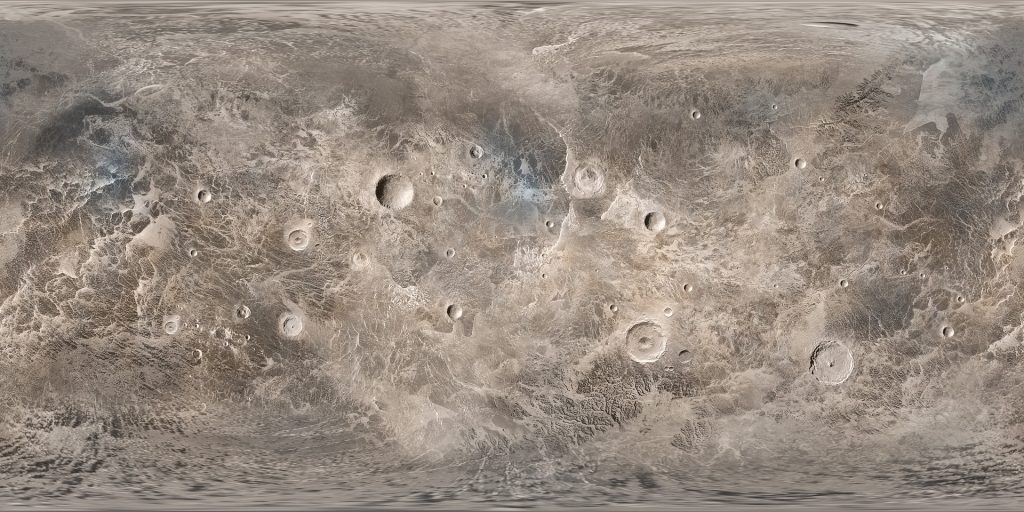New research suggests that Ceres, once thought to be a dry, rocky body, may have been a muddy ocean world.
Others are reading now
Scientists have uncovered new evidence that the dwarf planet Ceres, long believed to be a rocky object with minimal ice, was once an ancient water world.
According to a study published in Nature Astronomy, Ceres, which lies in the asteroid belt between Mars and Jupiter, may have been an ocean world in the distant past, containing more ice than previously thought.
Ceres was first discovered in 1801 by Italian astronomer Giuseppe Piazzi and remains the largest object in the main asteroid belt.
For years, researchers assumed the craters on Ceres’ surface indicated a composition with less than 30% ice.
Also read
But new simulations have revealed that Ceres may contain about 90% ice beneath its surface.
“We think that there’s lots of water-ice near Ceres’s surface, and that it gets gradually less icy as you go deeper,” said co-author Mike Sori from Purdue University.
The findings suggest Ceres could once have had a muddy ocean, somewhat similar to Jupiter’s moon Europa.
The team used computer simulations to understand how craters on Ceres have evolved over billions of years, showing that the presence of even a small amount of solid rock mixed with ice could keep the planet’s surface relatively stable over time.
A Frozen Ancient Ocean World
The research also offers insight into how Ceres might compare to other icy bodies in the solar system.
“If we’re right, we have a frozen ocean world pretty close to Earth,” Sori explained.
While moons like Europa and Enceladus have long been considered as targets for exploration, Ceres may now emerge as an easier and equally fascinating destination.
“Ceres, we think, is the most accessible icy world in the universe. That makes it a great target for future spacecraft missions,” Sori added.


